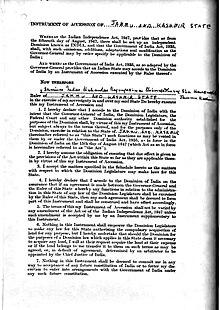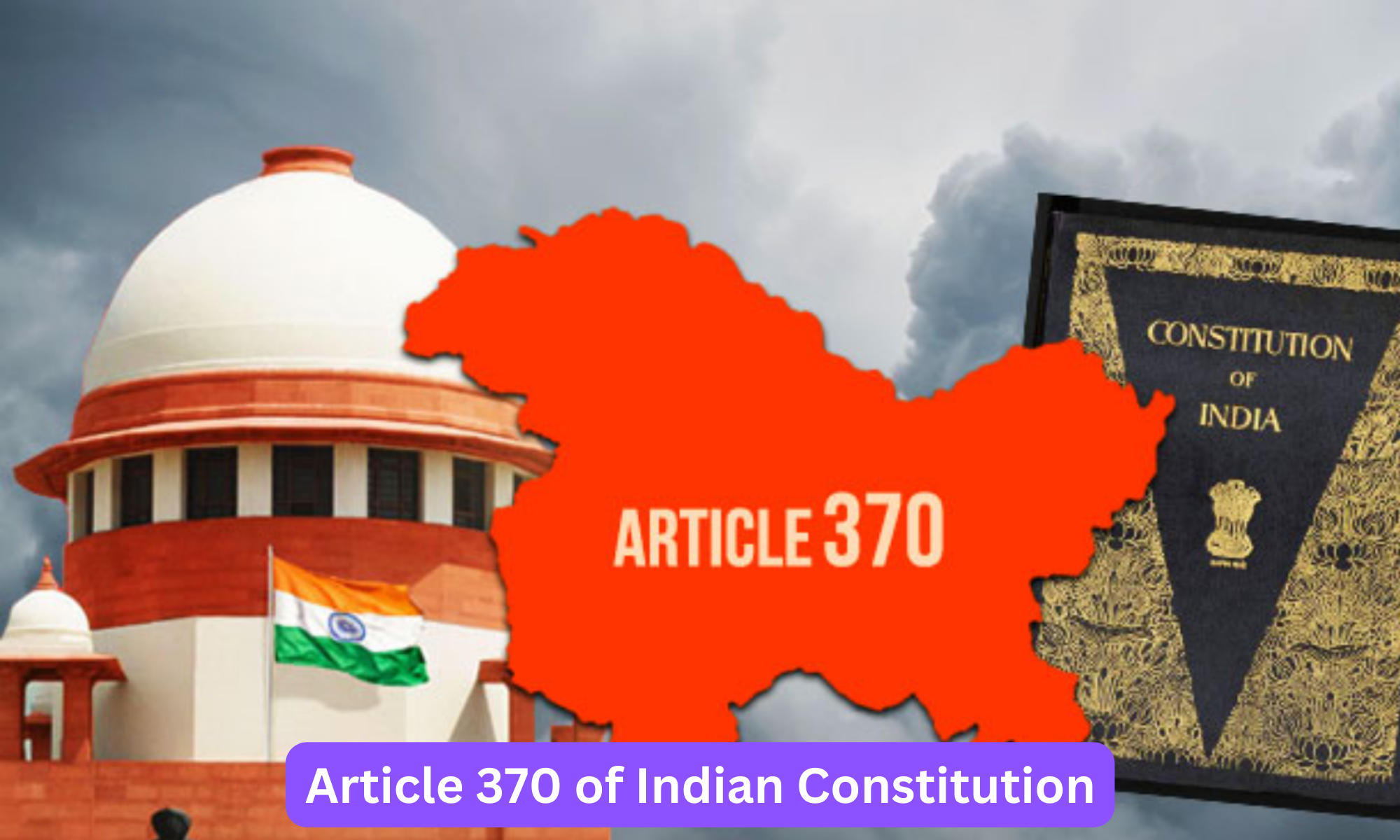Article 370 of Indian Constitution
Jammu and Kashmir, which is part of the wider area of Kashmir and is situated in the northern section of the Indian subcontinent and has been the subject of a conflict between India, Pakistan, and China since 1947, was granted special status under Article 370 of the Indian constitution. Article 370 granted Jammu and Kashmir the authority to have a separate constitution, a state flag, and internal administrative autonomy while it was governed by India as a state from 1952 until 31 October 2019.
Buy Prime Test Series for all Banking, SSC, Insurance & other exams
Article 370 of Indian Constitution Removed
Part XXI of the Indian Constitution, which is titled “Temporary, Transitional and Special Provisions,” is where Article 370 was drafted. The Jammu and Kashmir Constituent Assembly would have the authority to recommend how much of the Indian Constitution should be applied to the state, according to the document. The state assembly might even completely repeal Article 370, in which case the state would be subject to the whole Indian Constitution.
Following the convening of the state constituent assembly, it made recommendations regarding the provisions of the Indian constitution that should apply to the state, on the basis of which a presidential order was issued in 1954. Since the state constituent assembly disbanded itself without recommending that Article 370 be repealed, it was assumed that the provision had now been incorporated into the Indian Constitution permanently.
Sarojini Naidu Birth Anniversary: Why is February 13 celebrated as National Women’s Day?
Article 370 of Indian Constitution History
● The Government of India issued a Presidential Order on August 5, 2019, which replaced the order from 1954 and made Jammu and Kashmir subject to all of the articles of the Indian Constitution.
● The resolution that received a two-thirds majority in both chambers of the Indian parliament served as the foundation for the order. All of Article 370’s clauses—all but clause 1—were rendered inoperative by a subsequent order on August 6.
● Additionally, the parliament approved the Jammu and Kashmir Reorganisation Act, 2019, which established the division of the state of Jammu and Kashmir into the Union Territory of Jammu and Kashmir and the Union Territory of Ladakh. The restructuring happened on October 31, 2019.
● The Supreme Court of India received a total of 23 petitions contesting the central government’s intention to repeal Article 370 of the Constitution, which resulted in the formation of a five judge bench.
Pulwama Attack Anniversary: 14th February 2023 Tribute and Salute Martyred CRPF Jawans
Article 370 of Indian Constitution: Special status of the state of Jammu and Kashmir
- The special status of the state of Jammu and Kashmir in terms of autonomy and its capacity to enact laws for the state’s permanent citizens is acknowledged by Article 370.
- Permanent residents also received unique benefits from the state in areas including housing, real estate, education, and employment in the government that were not available to others.
- According to certain Kashmiri officials, Article 35A of the Indian constitution forbids contesting any state law only on the basis that it violates rights that are guaranteed to all Indian residents by the national constitution.
- The Indian Constitution’s Fundamental Rights were made, with some reservations, applicable to Kashmir in the 1954 Presidential order, among other things.
These were further changed by the state assembly, which also inserted “preventive detention laws” that were shielded from human rights complaints for 25 years. Cottrell asserts that the autonomy and unique status accorded to the state of Jammu and Kashmir allow for “much weaker standards of human rights” there.
200th birth anniversary of Maharishi Dayanand Saraswati celebrated by PM
Article 370 of Indian Constitution: Instrument of Accession
Hari Singh, the Maharaja of Kashmir at the time, signed an Instrument of Accession in October 1947 that listed three areas in which Jammu & Kashmir would cede its authority to the Indian government:
1.Foreign affairs
2. Defence
3. Communications
The Maharaja named Sheikh Abdullah as prime minister of the state’s temporary administration in March 1948. Sheikh Abdullah and three other associates entered the Indian Constituent Assembly in July 1949 and worked to negotiate J&K’s unique status, which resulted in the approval of Article 370. Sheikh Abdullah was the person who prepared the contentious clause.

Article 370 of Indian Constitution Provisions
● Except in circumstances involving defence, foreign affairs, finance, and communications, Parliament needs the Jammu & Kashmir government’s consent before enacting laws in the territory.
● Residents of Jammu and Kashmir are subject to distinct citizenship, property, and fundamental rights laws than those of the rest of India. Article 370 prohibits residents of other states from purchasing real estate in Jammu and Kashmir. The Centre is not authorised by Article 370 to declare a state financial emergency.
● It’s vital to note that Article 370(1)(c) specifically states that Kashmir is subject to Article 370’s application of Article 1 of the Indian Constitution. The Union’s states are listed in Article 1. This indicates that the state of J&K is bound to the Indian Union by Article 370. Unless new overriding laws are created, removing Article 370, which can be done by a Presidential Order, would make the state independent of India.
● Both India and Pakistan claim full sovereignty over the Himalayan territory of Kashmir.
● Previously known as Jammu and Kashmir, the region became part of India in 1947, not long after the subcontinent was partitioned following the end of British administration.
● A ceasefire line was agreed upon after India and Pakistan went to war over it and came to control separate portions of the area.
● The state of Jammu and Kashmir, which is controlled by India, has experienced violence for 30 years as a result of a separatist uprising against Indian rule.



 Indian Olympic Medal Winners List Till N...
Indian Olympic Medal Winners List Till N...
 Who is the Inventor of the Gramophone?
Who is the Inventor of the Gramophone?
 HS Dhaliwal Appointed New DGP Of Andaman...
HS Dhaliwal Appointed New DGP Of Andaman...
